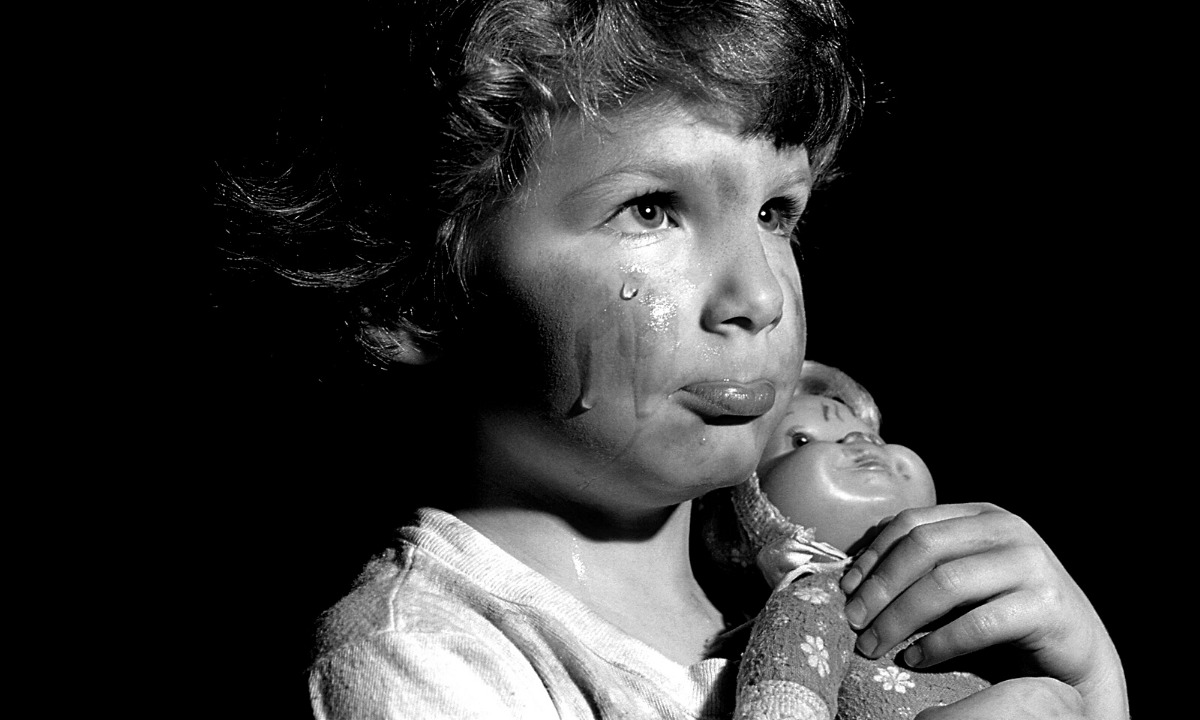What is Child Neglect & Abuse?
Neglect is normally defined as the failure of a parent or other person responsible for the child to provide basic needs. Also, the simple definition of neglect is simply to fail to care for someone properly. It can be intentional or passive. Passive can stem from a lack of experience, information, or ability. Therefore, neglect is a form of child exploitation and is the most common type of child maltreatment, yet victims are not easily identified because it is a type of abuse that is an act of omission – of not doing something.
Physical
Emotional
This Risks of Neglect
Neglect should NOT be minimized as less harmful as most of the child fatalities each year are as a direct result. As a result, neglect is a serious cause of concern for children, especially young ones. Consequently, most is a direct result of adult substance abuse. In addition, a single act of neglect might not be considered child abuse, but repeated occurrences is definitely child abuse.
This information is from our child safety and prevention training Watchful Eye.
How to Identify Exploitation and Abuse
Through our interactive training, Watchful Eye, we simplify how to identify and prevent child exploitation. No matter your skill level, you can learn to recognize behavior patterns and subtle indicators through this life-saving training.

 Donate
Donate





